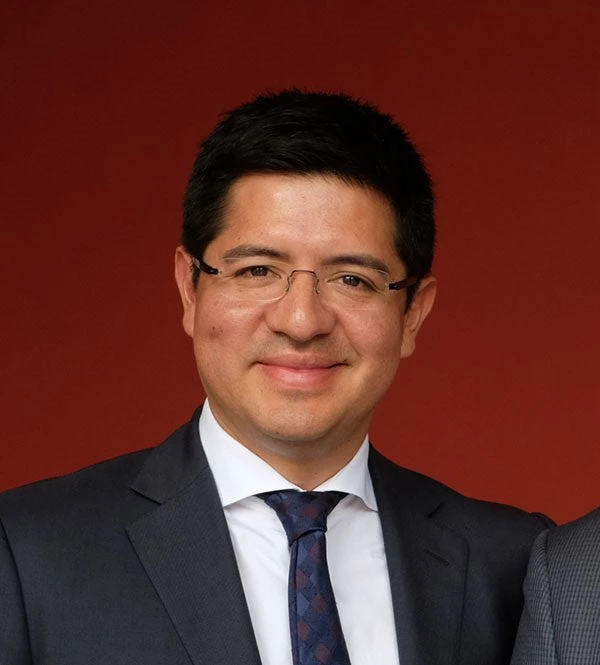While most of us understand the importance of housing, the nuts and bolts of how housing markets and government-related programs actually work remain generally mysterious – to households at every level of education. Even Nobel Prize-winning economist Robert Merton once confessed not being able to understand the terms of his mortgage.
Government housing programs are complex structures composed of subsidies, mortgages, collaterals, family savings, and contracts with developers or construction companies . The problem is that no matter how innovative a given housing program might be, it will not succeed unless all those players involved, including potential beneficiaries, understand their role and how the program works.
In January, the President of the Dominican Republic Luis Abinader announced his Government’s “Happy Family” National Housing Plan – a program aiming to build 62,000 homes for families of different income levels by the end of 2024. The next morning, the telephones did not stop ringing with all sorts of questions about the program’s details and how to apply.
With the objective of supporting the Dominican Republic’s communication strategies, the World Bank brought together housing authorities from Colombia, Chile, Mexico, and Argentina —and their communications gurus— to share their lessons learned implementing similar housing programs.
Here we share a summary:
- It’s never ONLY about housing. A communications strategy must balance the goal of getting an aspirational message out to the target households with the nation’s other critical priorities, such as economic growth, job creation, mortgage market development or environmental sustainability. Colombia and Argentina, for example, put housing at the center of the COVID-19 economic recovery strategy. In Colombia, the news generated such a positive response in all segments of society that last year the country experienced a historic record in house sales.
- Be careful what you promise. Although it is tempting to promise to solve everyone’s housing problem, governments should be cautious and calibrate their public message to the scale of the program , as demand typically exceeds the reach and resources available. Even countries like Chile, with a housing budget that exceeds US$5 billion for 2021, recognized the need to manage the expectations of potential beneficiaries.
- Use resources wisely. It is important to develop materials for the different media outlets to maximize resources and reach wider audiences. Strategies include: maximize non-paid media visibility through interviews, columns, webinars, conferences anchored by housing authorities, speaking events, brochures, etc.; strategically target paid advertising including publicity in TV, radio and newspapers, based on the stage of implementation of the program or target beneficiaries; and take full advantage of own media channels to keep the public engaged and informed. This includes websites, social media accounts, newsletters, live video and SMS. For example, non-paid media visibility and social media activity account for approximately 80% of Colombia’s Ministry of Housing (Minvivienda) communications, which has allowed them to reach wide audiences cost effectively.
- Take advantage of the differences between social media platforms. Not all platforms are utilized by the same segments of the population. Thus, a social media communications strategy should consider these differences. Minvivienda has recently turned to Tik-Tok to reach the audience of young, first-time homebuyers. In contrast, Facebook is undoubtedly the most widely used network, especially among women and head of households, who are often the ones that apply to these programs. In Argentina, for example, PROCREAR’s Facebook page has over 200.000 followers.
- Innovate to maximize inclusion. Not all potential beneficiaries live in areas with easy access to the internet or other media, especially the most vulnerable households. The Mexican government, for example, used an "old school" media like the radio to communicate its new housing program to those living in remote areas. The radio advertisements were developed in indigenous languages to reach certain potential beneficiaries.
- Build a “one-stop-shop" for potential beneficiaries. Country with a variety of housing opportunities can develop comprehensive and interactive platforms that announce the requirements, dates and characteristics of each program, guide target households through the application process and provide quality customer service. Such “one-stop-shop” platforms can include dedicated spaces to interact with citizens and potential beneficiaries, which is critical to prevent fraud and abuses . For example, Chile’s Ministry of Housing and Urban Development (MINVU) developed MINVU Conecta and Mexico’s Secretariat of Agrarian, Land, and Urban Development (SEDATU) has Decide y Construye.
- Make the beneficiary families the stars of your communications strategy. Real people talking about how the Government’s housing program transformed their lives is a simple way to encourage other families to apply for subsidies. Here we include examples from Chile, Colombia, Argentina and Mexico.
- Keep evaluating your performance. This includes measuring the reach and results of the campaigns and analyzing what worked and what didn’t to inform future strategies. For example, Colombia launched its Minvivienda 200,000 subsidies campaign in May 2020; to date, 59 videos have been created, 661 monthly news articles and 15 columns have been published. Campaign materials have had more than 10 million interactions on social media. The experts noted that even with a small budget, a creative social media strategy can generate surprising results.
These are our lessons learned. We believe that housing and communication experts in other countries have their own best communications practices. We invite you to weigh in with your ideas in the Comments Section of this blog post.





Join the Conversation